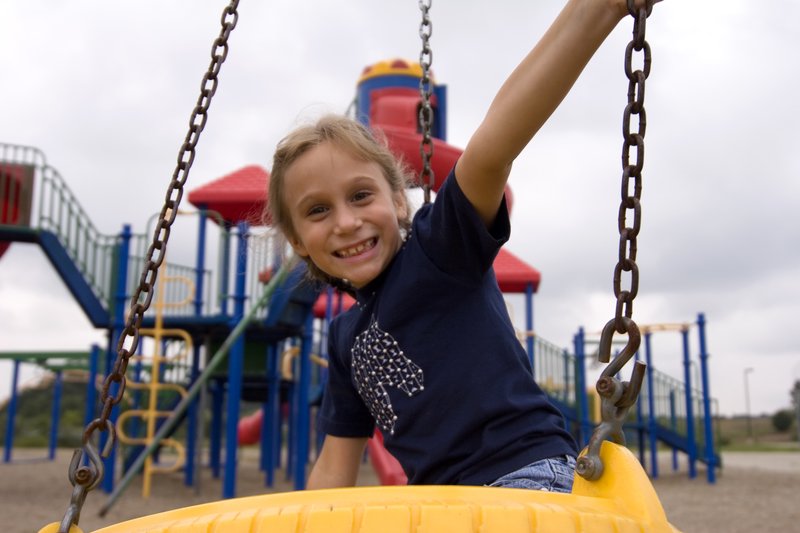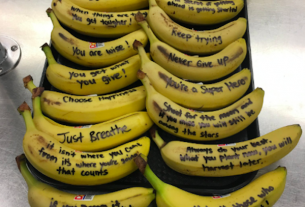Naturally, children are acting out more than ever before. Children aren’t meant to be sitting for hours on end; they are meant to be playing, observing, and learning through experiences rather than through facts read in a book. Resistant to this type of education, children are being labelled with disorders such as ADHD at an alarming rate and then medicated to ensure their conformity.
But what if these children don’t have a problem at all? What if it is the current school system that is the problem? Wouldn’t that mean we are drugging our children unnecessarily, and to their detriment? There are much better solutions out there that should have been considered before we began diagnosing young children who simply don’t want to sit at a desk all day.
I know there are some exceptions, and there are some extreme cases of ADHD where children absolutely do need assistance, but that does not encompass the general populous of school-aged children.
Better Alternatives Do Exist
Meditation in schools has had some amazing success, effectively reducing school violence and increasing concentration for more focus and understanding. Some schools have started serving higher quality and sometimes organic foods to the children in place of the standard processed fare, where ketchup is considered a vegetable.
Several schools in Texas are being praised for trying a new program that solves behavioural problems by doing just this, giving children more time to play outside and more often during the school day. It may sound too simple to work, yet it has proven extremely effective thus far.
Simple solutions such as this one have worked before. In Finland, for example, student test scores improved in tandem with increased playtime or recess. These results are what inspired the program in Texas schools, in fact, which saw the amount of outdoor free playtime quadrupled. The results? Increased overall focus and concentration and decreased behavioural problems and distraction.
As one parenting website reports:
The Eagle Mountain Elementary in Fort Worth, Texas, has been giving kindergarten and first-grade students two 15-minute recess breaks every morning and two 15-minute breaks every afternoon to go play outside. At first teachers were worried about losing the classroom time and being able to cover all the material they needed with what was left, but now that the experiment has been going on for about five months, teachers say the kids are actually learning more because they’re better able to focus in class and pay attention without fidgeting.
Why Did This Work?
This program has been a success because the unstructured recreational playtime gives kids a break from the monotonous mental routine, allowing for their developing minds to use their energy and give their logical minds a break while playing and using their imaginations.
Creator and Director of the Liink Program, Dr. Debbie Rhea, says, “You start putting 15 minutes of what I call ‘reboot’ into these kids every so often and… it gives the platform for them to be able to function at their best level.”
As school administrators thought the program would fail and expected to see negative test results, they were pleasantly surprised by the results.
The irony is, the American Academy of Pediatrics calls recess time a “crucial and necessary component of a child’s development,” yet increasing recess is a radical move for American schools.
So, What Now?
Hopefully this catches on with other schools throughout the nation. If you are a parent and want to see this happen in your child’s school, get in touch with your local school board and make your desires heard. Shouldn’t we be trying everything possible before medicating our children? Changing the school day is a much simpler and safer option, and as we can clearly see, it works! There truly is nothing to lose by trying it out, and so much to gain.
Much Love.
Courtesy of Collective Evolution




